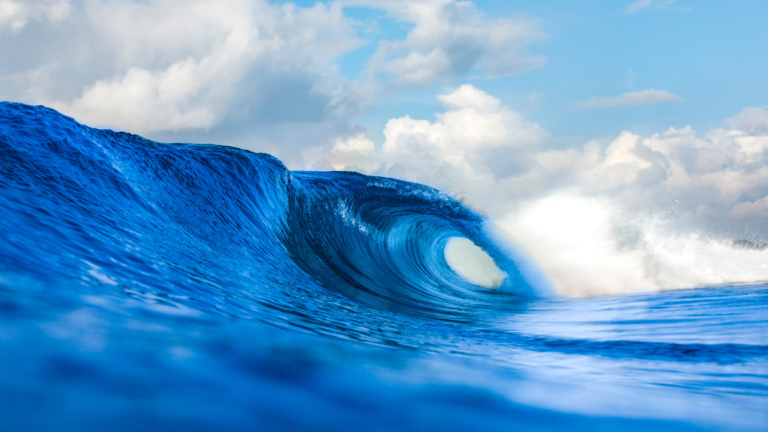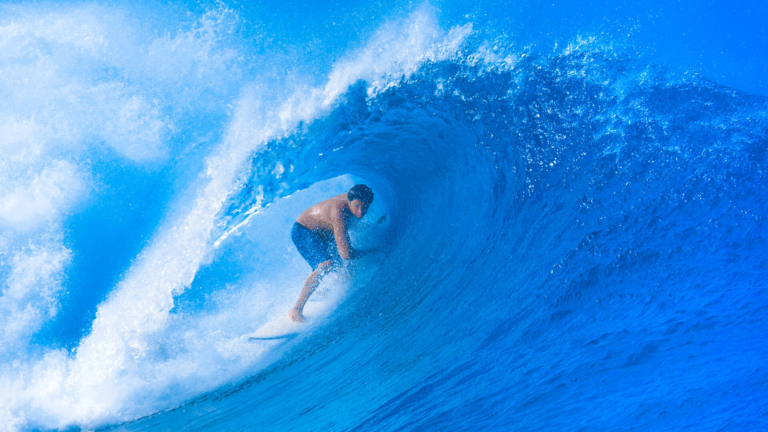How To Bottom Turn Surf Skate Training
To turn, or not to turn, that is the question.
Precision and flow, or bog and stall?
A thing of grace and potential power, or a wobbly stomp tail flail to the flats.
This is a simple process and a few concepts on how you can practice your Bottom Turn on a Surf Skate, create more efficient movement habits, and bring some flow to your surfing.
This is How to Bottom Turn

I’m going to throw this out there for clarity and to abate the relentless purge of internet surf trolls (they’re a disgusting bunch): I’m by no means a world-class surf coach (in terms of technique).
However I happen to be close friends with world-class surf coaches, run surf-coaching trips with world-class surf coaches, and I’ve been coached by these guys along the way. With that interaction over the years, concepts, drills, and ways of perceiving what a bottom turn truly is have sunk into my brain. Knowledge via omsosis!
I want to share these considerations with you as they’ve immensely helped me along the way with my surfing.
How to Bottom Turn: Surf Skate Training
Check out that image of Parko up top. Style and pro-level efficiency.
For the simple sake of more visual reference and style froth, here’s another Parko image.

Look at those images. As hard as it may be, try and imagine what those forces and positions actually feel like.
Is he shoving his back foot down to drive harder? Or is he leaning, in an effort to alter his center of gravity over the board, engage the rail into the wave face, thus allowing fluid dynamics to take over and create drive and speed?
From what I’ve personally experienced, felt, and improved with, it’s the latter that’s successful. Stomping on the tail to create speed makes absolutely no sense if you think about what that would to the surfboard and how it would interact with the water.
Lean. Lean over to engage that rail, allowing it to interact with the physics of water pulling up the wave face.
This obviously also requires that you’re surfing in the pocket. The epicenter of energy on a wave. Not out on the flats racing away from the pocket.
I thought this was a good quote from Dane Reynolds:
[bp_quote author=”Dane Reynolds” text=”You adapt to the wave as it goes. Basically, you’re at the bottom of the wave looking at the lip and trying to put pressure on your rail at the right degree to angle your board up to the lip for where you want to go. You need to consider what manoeuvre you want to do. It’s a connection to the next move.” quote_font=”primary”][/bp_quote]
The duration of hold during your bottom turn dictates where you end up. Hold and hold and hold and go vertical? Or hold and hold and hit the lip? Hold and project into a speed pump down the line?
**Are you picking up on the fact I use the word “hold” in varying number of times to reflect the duration of hold? I hope so. Most beginner and intermediate surfers think good looking surfing happens FAST! It often doesn’t. It takes time for a board to move up, down, and around a wave face.
Here’s the GOAT, Slater, with a hold and hold to frontside carve.
It’s a beautiful thing right there! Flawless interaction with a wave face.
That frontside turn, it’s a Twist.
Leaning and Twisting, 2 essential components of surfing. I’m getting a bit off topic, but this quick tangent is relevant. Good surfing is all about getting your board to interact with the wave face. Your board floats, and depending on it’s shape and design, is better or worse at certain things. Going straight, creating speed, turning, and other board characteristics like that.
You alter your body and the weight upon the surfboard via Twisting, Leaning, or Compression to alter the board’s interaction with the water.
Leaning, Compression, and Twisting, that’s surfing!
Perhaps I’ll tackle that in a later blog post, but chew on that mentally for some time, and watch for it in surfing.
For the representation of Twisting and Turning on a surf skate, check this out: Surf Skate Tutorial – How to Improve Your Surfing
Surf Skate Training is legitimate in the sense that it is an opportunity for you to feel and experience positions, postures, and movements. It’s repeatable. That’s important for skill development in surfing.
I surfed a REALLY good beachbreak the other day.
Proper barreling 3-4 foot sandbar beach break near Tweed Heads in Oz. I surfed for 2.5 hours, my apple watch clocked me at 23 waves, and claimed I had about 3 minutes of actual surf time.
I ran the numbers and guessed it to be more around 2-2.5 minutes of surf time, meaning actually standing on top of the surfboard.
That’s 2-2.5 minutes of actual surfing, giving me the opportunity to work on new things, break bad habits, feel new positions, and do it all as I’m simply perceiving and reacting to a moving wall of liquid energy.
Not much room for error or failure, and not too much time to practice.
I think that little portrayal of actual surfing perfectly exemplifies why Surf Skate Training can be a truly beneficial tool to improve your surfing, IF it’s done well.
Don’t practice bad habits…. Practice good habits, efficient movement patterns, and proper technique, so you can then carry those habits to the water.
[smart_sales id=”410783″]







